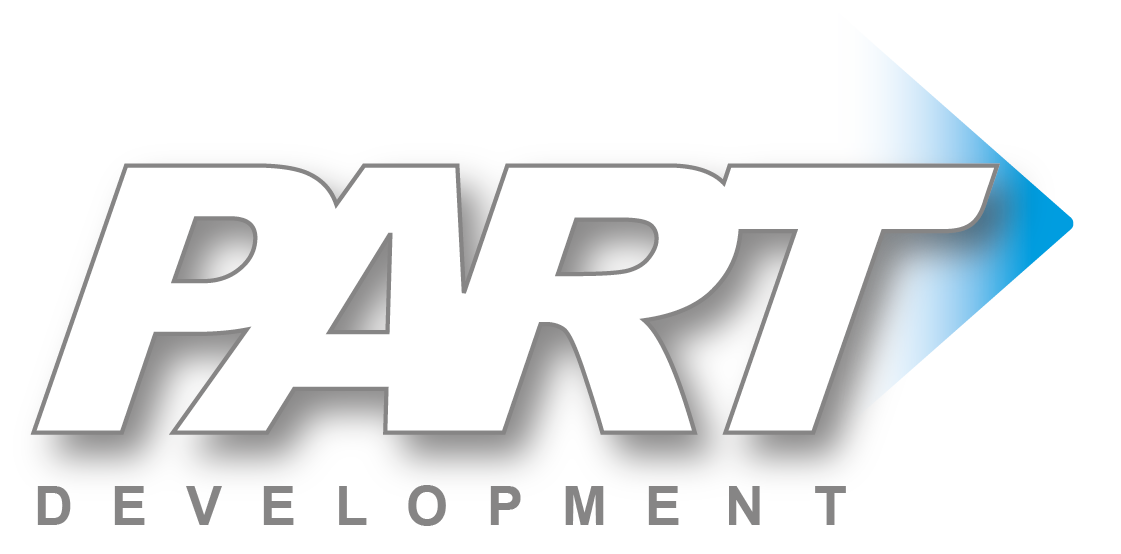INCREASED PRODUCTIVITY AND SHORTER LEAD TIMES
The client
The assembly
department of a Swedish-listed manufacturing company
The challange
The department
works with the manual assembly of complex products and needed to improve both productivity and lead time to remain competitive in an increasingly competitive international market. In addition, they wanted a structure to support
their work with continuous improvement. The department had a traditional functional-assembly process where products were assembled in batches, and where each fitter assembled an entire product from start to finish. The arrangement
involved a lot of transport of materials and staff between workbenches equipped with specialized tools and fixtures. Furthermore, the assembly arrangement meant a large amount of material was waiting in the flow.
The result
Within
a year, the first section of the assembly process selected for improvement, had achieved the following measurable results:
·
Working time per product was more than halved, i.e., productivity increased by more than 100%
·
The throughput time per product decreased from a few days to a few hours
In addition, employee-driven improvement work had been established so they could continue to improve operations from the new improved result levels.
The journey
As a first step in the assignment, Part Development
coached an internal project group to develop a new modularized assembly concept where products are assembled in a line instead of functional groups. The concept, which included part of the material handling around assembly,
as well as the assembly itself, meant that different assembly lines would assemble different product families in paced flows.
From the outset the customer had understood how important it was to include employees in the change process and therefore throughout the journey invested a lot of resources into education and training of both managers and employees. Training began with the assembly’s management team. They underwent extensive Lean training, led by Part Development, in parallel with the development of the first pilot area. This training provided the team with a thorough understanding of the new assembly setup and the new ways of working it would entail. They also acquired the knowledge necessary to train and pass on the concept to their own staff through, “Train the trainer”.
Following the set-up of the first pilot area’s assembly line, several other similar lines were established for other product families. As part of the project model, each respective assembly line’s intended manager and technician were active throughout the set-up process. This is important to ensure the best possible understanding.
